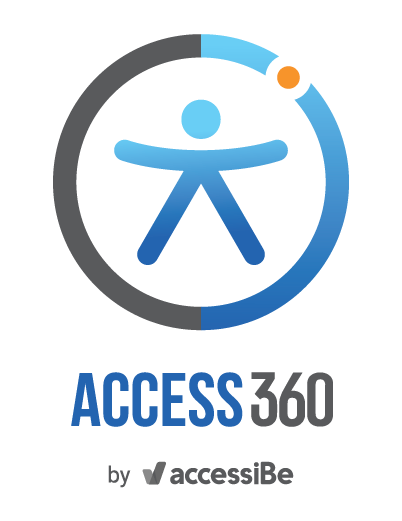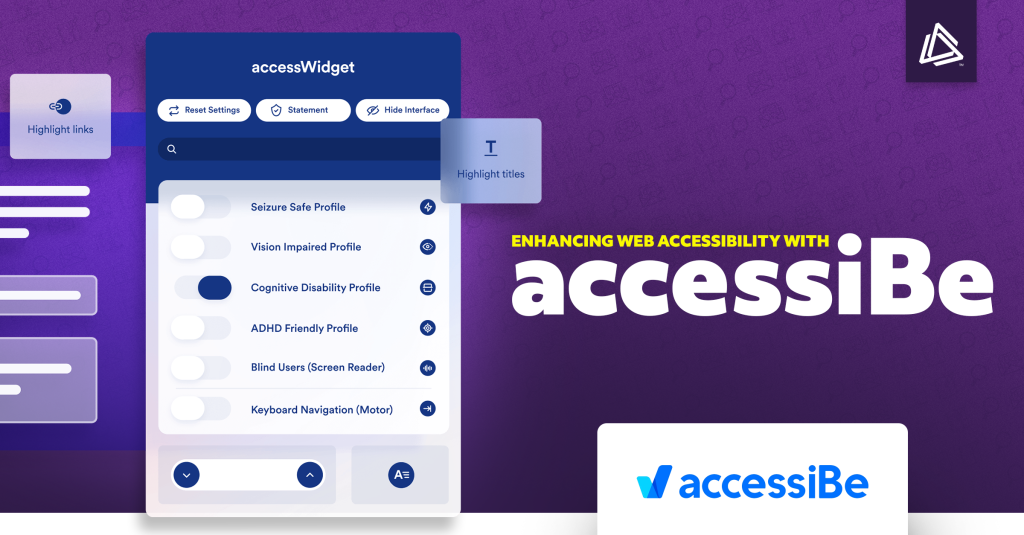What is accessWidget?
The accessWidget by accessiBe actively bridges the gap in website access for businesses by creating an enabling environment of inclusivity for people with varying disabilities. By incorporating features such as screen reader compatibility, keyboard navigation, and adjustable color contrasts, the AccessWidget ensures that individuals with visual impairments, motor disabilities, and cognitive challenges can fully engage with online content.
Utility and Usability
By leveraging AI technology, accessWidget analyzes and adjusts a website’s backend coding languages (specifically, HTML, CSS, and JavaScript) to provide an accessible interface that allows the widget to dynamically adjust websites. The widget that is implemented into each website caters to individual user needs in real-time, providing a more personalized browsing experience. This not only improves accessibility but also provides a greater reach for people who may have one or more different types of disabilities, supporting greater inclusivity so that users have equal access to information and services online.

AccessWidget is designed to be user-friendly within the interface installed on each website and intends to provide an intuitive interface that allows individuals to easily customize their browsing experience. The widget offers various features such as font size adjustment, color contrast options, and voice recognition capabilities, making it accessible for individuals with visual impairments, dyslexia, or motor disabilities. By prioritizing both utility and usability, accessWidget strives to break down barriers and empower all individuals to fully engage in the digital world.
Accessibility Desirability
Users of differing degrees of technological expertise can benefit from the customizable attributes of accessWidget. By enabling users to customize their settings and preferences, the widget allows people with limited technological knowledge or experience to actively engage with and partake in the site’s functions. In addition to providing customization options, accessWidget actively seeks feedback from people with varying disabilities in order to continuously improve its accessibility features and ensure that their needs are fulfilled. This demonstrates the company’s dedication to inclusivity. This practice offers universal accessibility to technology, fosters independence and autonomy, and promotes equal opportunities for information access, thereby cultivating inclusivity in the digital realm.
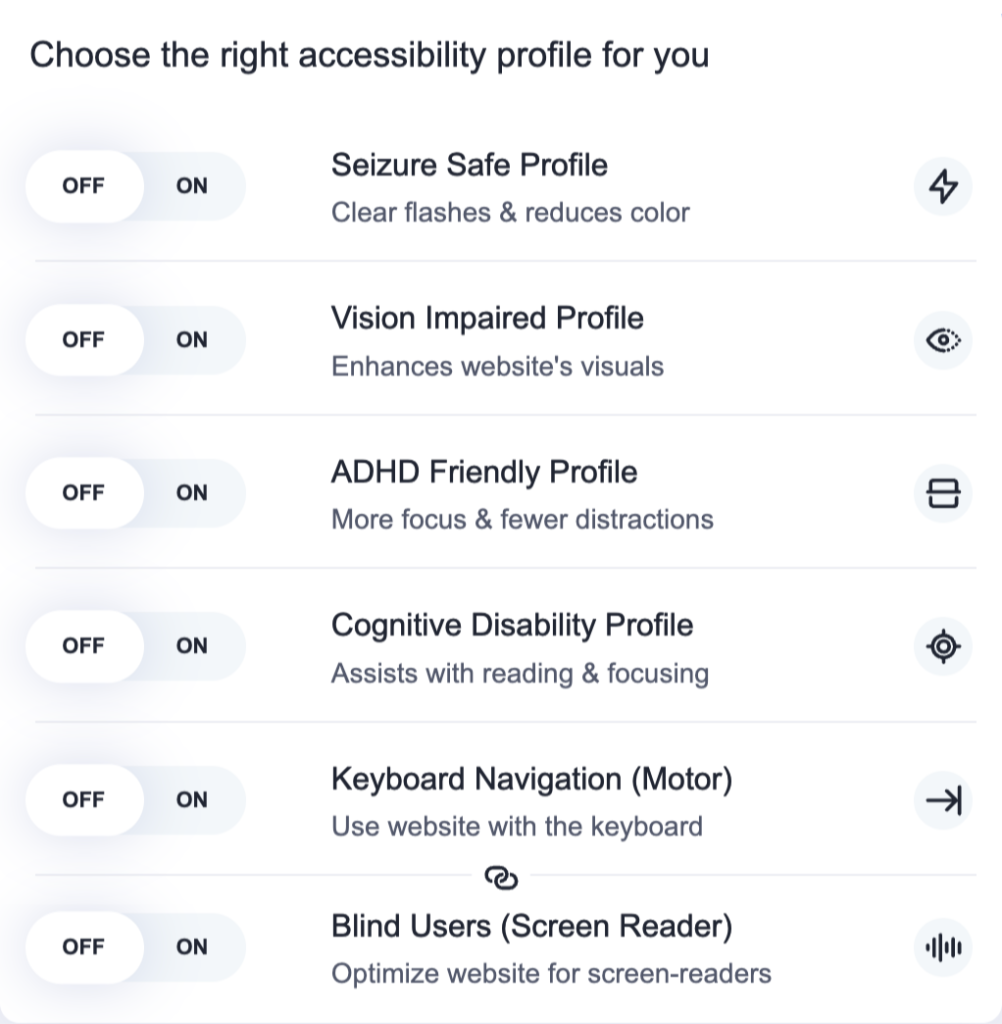



Viability and Affordability
As per accessiBe’s accessibility statement, the accessWidget functions on a subscription-based model for businesses, providing cost-effective options for organizations of varying scales. This aligns with the economic model of disability, which places emphasis on the social integration and economic engagement of businesses to provide accommodations for people with disabilities. Through the provision of an economically viable accessibility solution, accessiBe empowers organizations to satisfy their regulatory responsibilities while expanding their user base. This highlights the significance of accessibility as a catalyst for economic expansion and innovation, in addition to its moral implications. Furthermore, the integration of accessibility features has the potential to foster innovation and facilitate the development of new technological solutions that benefit people of differing abilities and disabilities. In addition to promoting societal inclusivity and prosperity, placing accessibility as a top priority not only guarantees adherence to legal obligations but also guarantees compliance with such requirements.
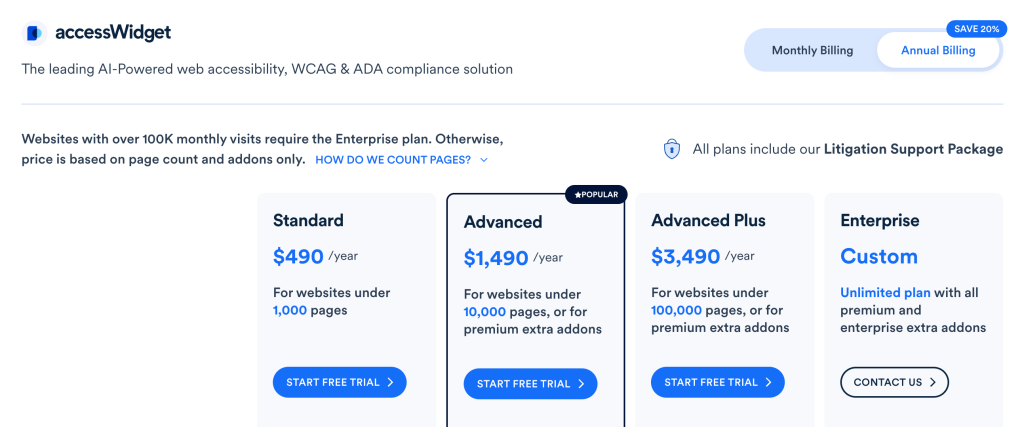
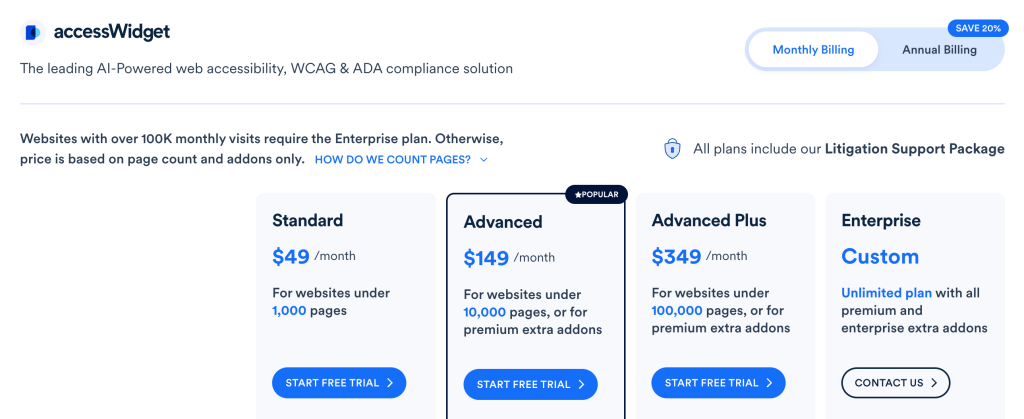
Compatibility
AccessWidget supports adherence to accessibility laws and regulations, which include the Web Content Accessibility Guidelines (WCAG) and the Americans with Disabilities Act (ADA), through its integration into a range of business operations. AccessWidget facilitates the continuance of advocacy for best practices and standards relevant to website functionalities and industries by offering a solution that is compatible with multiple platforms and content management systems (CMSs). This enables organizations to implement accessibility measures without necessitating a comprehensive redesign of their current digital infrastructure.
Limitations
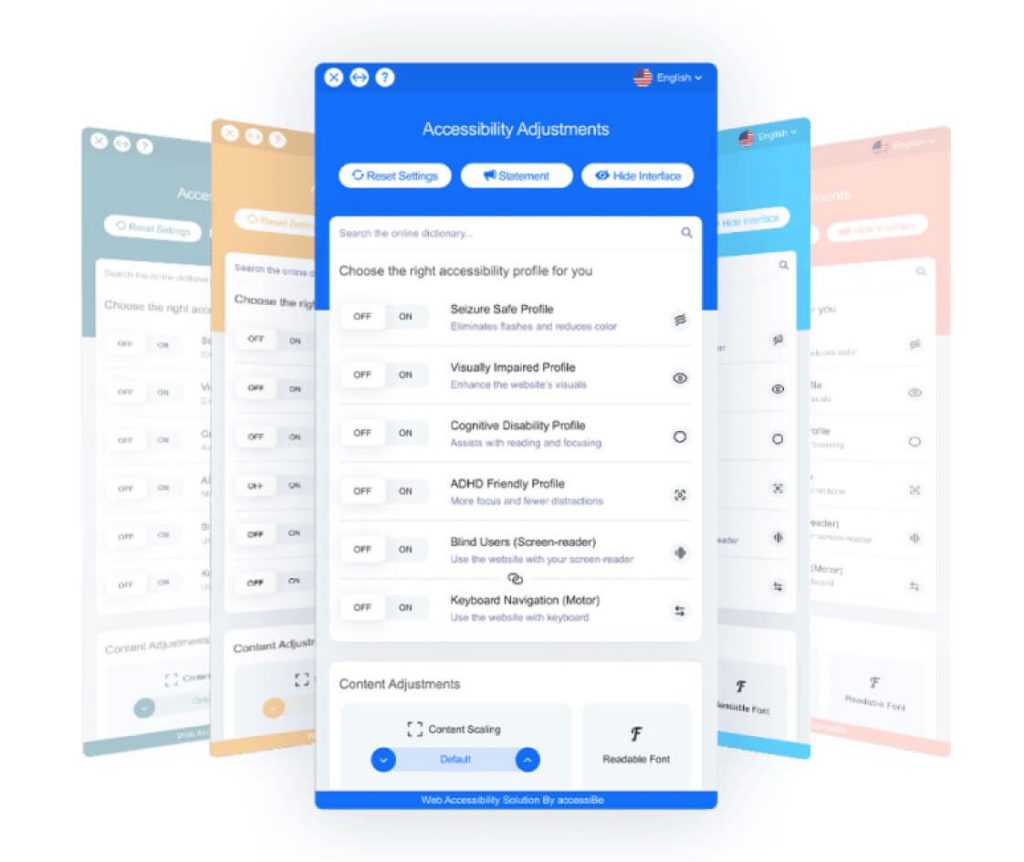
The differences in language that exist across industries present a challenge in terms of ensuring inclusivity for a broader audience when integrating the widget into pre-existing digital platforms. Implementing more comprehensive and inclusive design practices and giving careful consideration to cultural implications may be necessary for this.
Additional to this, the use of custom coding on the technical foundation of websites interferes with the functionality and usability of the widget’s automation. Thus, it is important to promote collaboration between businesses and accessiBe to create effective solutions that adhere to the best practices of accessible web design.
Important Takeaways
In summary, accessiBe’s accessWidget serves as an initial step towards promoting inclusivity within the digital environment. The increased affordability, compatibility, dynamic adaptation capabilities, and customizable settings of this solution render it a more valuable asset for organizations seeking to develop digital experiences that are more inclusive in design. By adhering to various models of disability, accessWidget promotes a culture of accessibility and inclusion and caters to a wide range of accessibility specifications. In an increasingly integrated global landscape, it is not only morally necessary to invest in accessibility but also crucial for the advancement of society and the success of businesses. AccessWidget transforms accessibility from a standard compliance requirement into a driving force behind social transformation and design innovation for accessible best practices.
